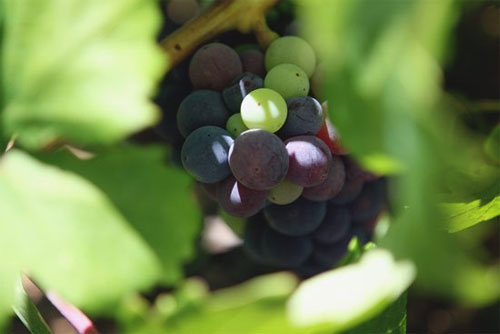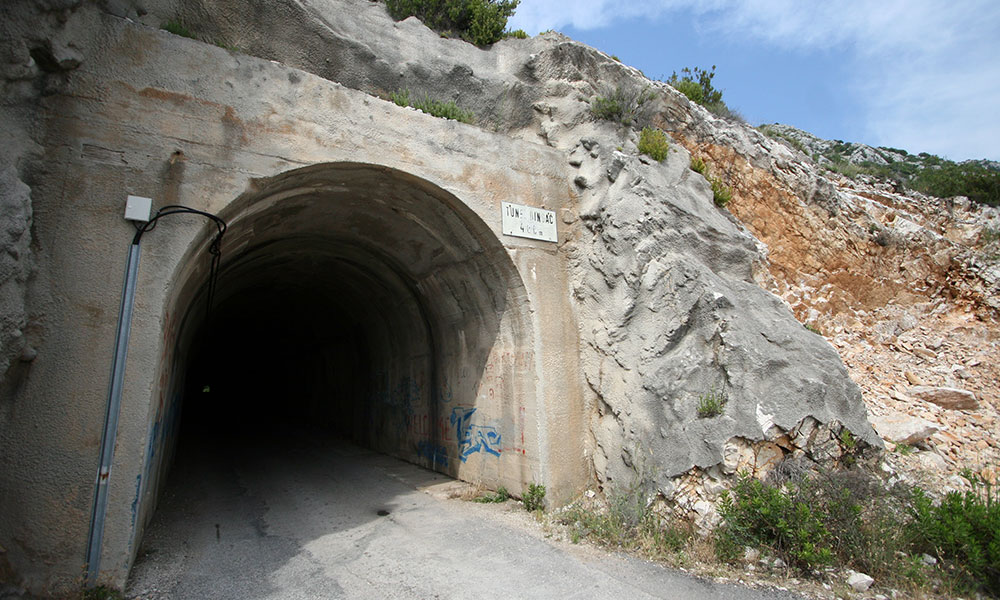
So, what is Plavac Mali? Where is Plavac Mali? How do you even say, Plavac Mali? Let’s take a look at all of these items as we delve in detail into this particular grape which literally means, “little blue”.
Plavac Mali (pronounced Plahvahts Mahlee in Croatian) is a red grape varietal that is native to Croatia and more specifically, native to Dalmatia. This is a strip of land that has Bosnia Herzegovina to the east and the Adriatic Sea to the west. It gets an obscene amount of sun throughout the year, so Plavac Mali is a happy grape to have Dalmatia as it’s home.
By far and away, Plavac Mali is the dominant red grape in Dalmatia. Others like Merlot, Shiraz, and a number of minor native grapes pop up here and there, but inevitably, if you see a field of red wine grapes, they will be Plavac Mali. It wasn’t always this way though. Many, many years ago, there was another grape that enjoyed the Dalmatia summers which was called, Crljenak Kaštelanski. Yeah, it’s a bit tough to say although “Kaštelanski” is optional and it’s also known as “Tribidrag” and “Pribidrag” read more. It has since been discovered that it is this grape, not Plavac Mali that is one and the same with Zinfandel in California and Primitivo in Italy.
It just happened that as history went, Crljenak didn’t have the staying power of Plavac Mali and it’s actually the case that while the Croatians loved the taste of Crljenak (my Croatian family enjoyed Zinfandel long before the connection was made as it reminded them of home), it can be a tricky grape to grow in the area. Thus, they crossbred it with Dobričić (the “little good one”) and Plavac Mali was the outcome, which has grown far and wide over the rugged karst that forms the Croatian Adriatic Coast. You see, Crljenak isn’t very heat resistant while Dobričić isn’t very mold resistant. Cross the two and the result was a grape that grew far better on both counts.
As to how Plavac Mali tastes, there isn’t any one way to describe it. It varies a great deal as to whether it was grown in the north, the south, the mainland, the islands, or even by different neighbors who might oak it, use stainless steel, or concrete. When grown in more of a New World, California style, it can pick up Zinfandel qualities, being a very deep, intensely flavorful wine that’s fruit forward. When grown in the traditional manners, the wine is a good deal lighter and more acidic. The body isn’t as thick and the finish can be very smooth. This allows it to be paired with meals very well.
Our personal preference for the wine are the years where the vines get a great deal of sun with little to no rain. 2007 was such a year, although there are many that come about due to Croatia’s geographic orientation. Even still, the winemakers of Croatia tend to hold back a bit with at most 14% alcohol and are often around 12% although this is changing due to winemakers wanting to export to a larger market where a hotter wine is more sought after. But even with this grape changing in production it will always remain a solid go-to grape for us given its ease of drinking that is ubiquitously similar to the Garnatxa from Catalonia.
We talk a great deal more about Croatian grapes, wineries, and regions in our Dalmatian wine guide.

